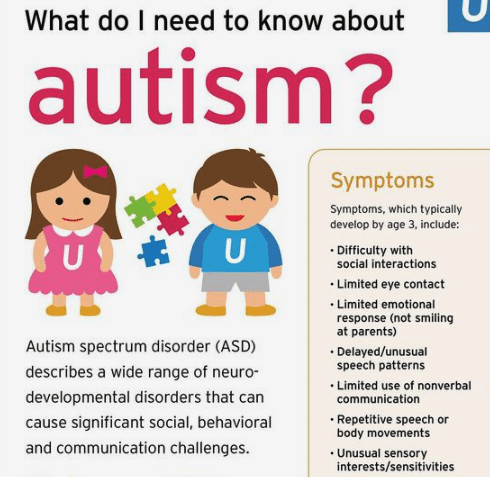As a parent, you’ve probably heard the term “kids on the spectrum” and wondered what it means for your child and how you can support them. Autism spectrum disorder (ASD)is a developmental disability that can affect children. It’s caused by differences in the brain, and can create problems with social communication and interaction. In this blog post, we’ll provide you with essential information on neurodivergent kids, their unique strengths and challenges, and practical tips to help them thrive. We’ll cover everything from understanding their thinking and learning differences to creating a supportive environment at home and school. So, let’s get started on this enlightening journey!
Table of Contents
Understanding Neurodiversity and Kids on the Spectrum
First things first, let’s talk about neurodiversity. Neurodiversity is the idea that human brains are diverse, and this diversity should be embraced and celebrated. Kids on the spectrum are neurodivergent, meaning their brains function differently from the “neurotypical” majority. This can include kids with autism, ADHD, and other thinking and learning differences.
For example, kids on the spectrum often have unique strengths, such as:
- Exceptional attention to detail
- Strong visual and spatial skills
- High levels of creativity
- Intense focus on specific interests
On the other hand, they may also face challenges, including:
- Social communication difficulties
- Sensory sensitivities
- Executive functioning challenges
- Difficulty with transitions and change
- Restricted or repetitive behaviors or interests
- Different ways of learning, moving, or paying attention
- Repeating the same action over and over again
- Focusing on small details and nothing else
- Limited, repetitive patterns of behavior, interests or activities
- No babbling, pointing, or gesturing by age 12 months
- No single words spoken by age 16 months
- No two-word phrases by age 24 months
- Loss of any language or social skills at any age
- No eye contact at 3 to 4 months

Read more: What Does on the Spectrum Mean?
Creating a Supportive Environment for Neurodivergent Kids
Having laid the groundwork on understanding kids on the spectrum, let’s delve into strategies for building a nurturing environment for them. Most importantly, acknowledging and valuing their individual needs and strengths is key.
At Home
Creating a supportive home environment for neurodivergent kids involves several key elements:
- Establish routines: Kids on the spectrum often thrive on predictability. Establishing consistent daily routines can help reduce anxiety and promote a sense of security. Goally can be a helpful tool in creating and maintaining these routines.
- Provide sensory-friendly spaces: Sensory sensitivities are common among kids on the spectrum. Designate areas in your home that are calming and free from sensory overload, such as dimly lit, quiet spaces with soft textures.
- Encourage their interests: Many neurodivergent kids have intense interests or passions. Encourage and support these interests, as they can be a source of self-esteem and motivation.
- Practice patience and empathy: Remember that kids on the spectrum may have difficulty expressing their emotions or understanding social cues. Be patient and empathetic, and try to see the world from their perspective.
Goally | The Safest Tablet for Kids

At School
Supporting kids on the spectrum in school settings is equally important. Here are some strategies to consider:
Read more: Autism in Schools
- Collaborate with educators: Work closely with your child’s teachers and school staff to develop an Individualized Education Plan (IEP) tailored to their unique needs.
- Advocate for accommodations: Request appropriate accommodations, such as extra time on tests, preferential seating, or access to sensory breaks, to help your child succeed academically.
- Encourage social skills development: Social skills groups or clubs can provide opportunities for kids on the spectrum to practice social interactions in a structured and supportive environment.
- Monitor progress and adjust as needed: Regularly assess your child’s progress and work with the school to make any necessary adjustments to their IEP or accommodations.
Goally | Visual Scheduler for Autism
Does your child struggle with getting ready in the morning independently? Goally’s routine app on the best tablet for kids breaks down large tasks into small, achievable steps for autistic kids. Create custom routines with your own videos & pictures for every step.
Empowering Kids on the Spectrum to Thrive
In short, understanding and supporting kids on the spectrum involves recognizing their unique strengths and challenges, creating a supportive environment at home and school, and empowering them to reach their full potential. By doing so, you’ll not only help your child navigate the world with confidence but also contribute to a more inclusive and accepting society for all neurodivergent individuals. Goally can be a valuable resource in this journey, providing tools and support for both parents and kids on the spectrum.
This post was originally published on 05/19/2023. It was updated on 01/10/2024.

Goally
We help parents teach their kids life skills, like doing bedtime and morning independently. Backed by science, we incorporate evidence-based practices and expert-informed designs in all of our apps and content.







